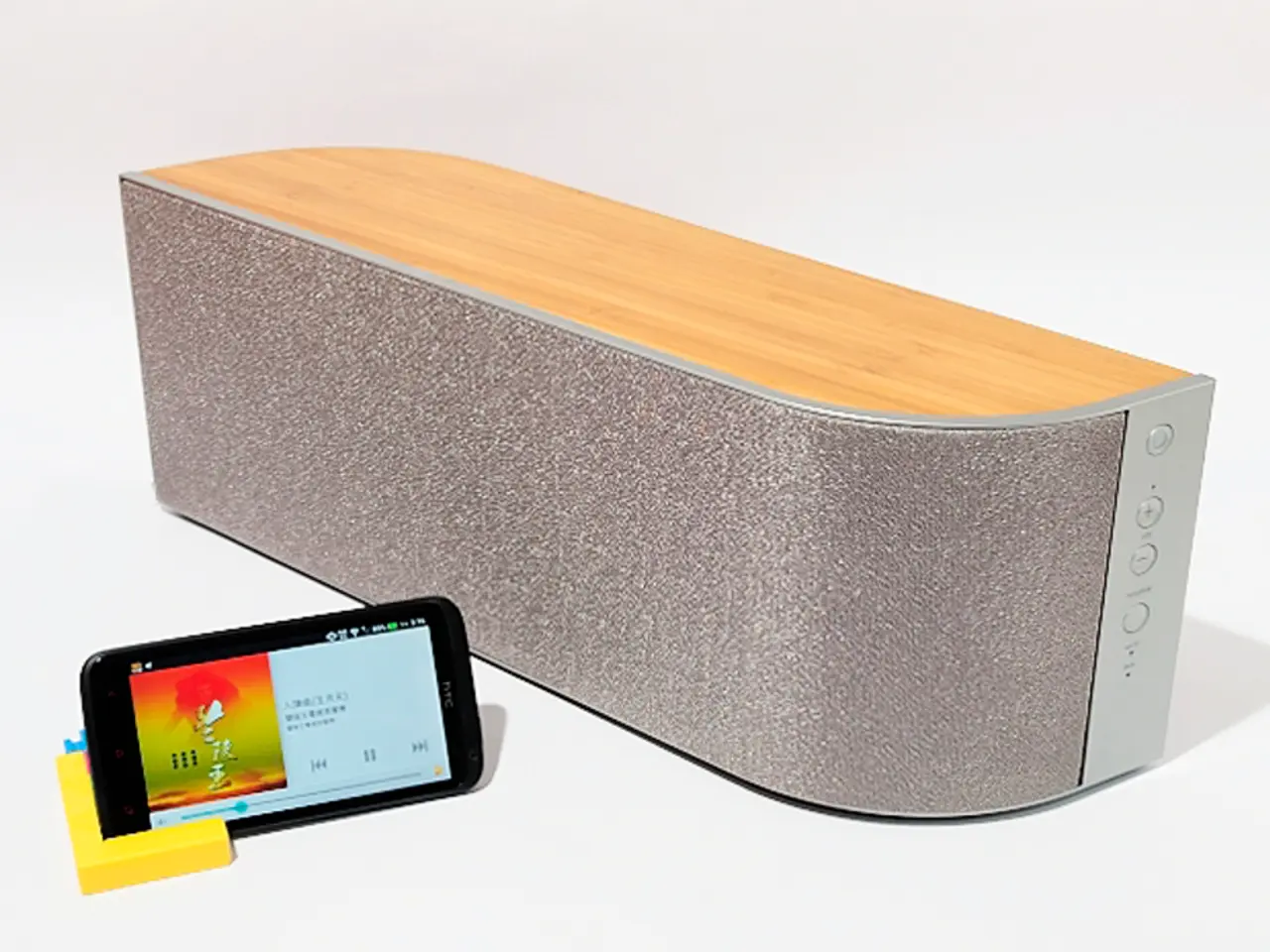Advanced AI-Integrated Eyewear Guides Visually Impaired Individuals
In the realm of cutting-edge technology, AI-powered smartglasses are making a significant impact, particularly for individuals with visual impairments. These wearable devices, equipped with advanced sensors, cameras, and artificial intelligence, are designed to interpret visual information and provide real-time assistance.
One of the key benefits of AI-powered smartglasses is their ability to offer visual recognition and description. Devices like Meta’s AI-powered Ray-Ban smart glasses use built-in cameras, microphones, and speakers to analyse the environment. Users can ask questions like "What am I looking at?" and the AI describes objects, reads text such as bus numbers and timetables, and identifies obstacles like street furniture. This helps users navigate public spaces more safely and independently.
Moreover, these glasses take still images for AI processing to generate descriptions. Although current models typically process only still photos rather than continuous video, this enables users to get detailed information about their surroundings without needing a smartphone or separate device.
When faster assistance is needed, users can initiate video calls so a remote assistant can view their perspective and provide real-time guidance, compensating for the lack of continuous AI video processing at present. This can be especially helpful in environments like supermarkets or train stations.
AI-powered smartglasses also excel in enhanced object and scene understanding. They use advanced machine learning algorithms for image recognition, object detection, and scene understanding, enabling users to identify faces, objects, and read text, which traditional mobility aids cannot offer.
The integration of AI technologies with smart canes and robotic aids, such as the Glide smart cane, is another promising development. These devices use sensors and AI to autonomously map routes, avoid obstacles, and steer users safely, reducing accidents by supplementing traditional guide dogs or canes.
Together, these AI-powered features transform everyday tasks for visually impaired users—from reading signs, recognizing faces, navigating complex spaces, to receiving real-time guidance—thus enhancing accessibility, independence, and quality of life.
Some models use bone conduction technology for audio feedback, allowing users to remain aware of their surroundings. Notable brands leading the way in assistive eyewear for the blind and visually impaired include Envision Glasses, IrisVision, and OrCam MyEye. Some companies offer multiple styles for users to match their aesthetics.
Feedback from visually impaired communities drives the refinement of smartglasses' interfaces, ensuring they cater to the specific needs of their users. The future of AI-powered smartglasses looks promising, with potential features such as on-the-spot language translation, emotion detection, or integration with public transport data.
In summary, AI-powered smartglasses act as a hands-free, AI-driven visual assistant, making the world more navigable and understandable for people with sight loss. With continuous advancements and refinements, these devices are set to revolutionise assistive technology, offering greater independence and improved quality of life for visually impaired individuals.
- Machine learning algorithms in AI-powered smartglasses enable object recognition, image processing, and scene understanding, providing comprehensive assistance for visually impaired users.
- In the medical-conditions domain, AI-powered smartglasses are being utilized to enhance eye-health care by offering real-time assistance and helping users navigate complex spaces.
- As the technology advances, AI-powered smartglasses may incorporate additional features such as data-and-cloud-computing capabilities, natural language processing, and speech recognition for even more efficient and responsive support.
- Smart home devices and gadgets can benefit from the integration of AI technology, making it easier for individuals with visual impairments to manage their homes and daily routines.
- The field of science is increasingly recognizing the role of AI-powered smartglasses in promoting health-and-wellness, specifically for visually impaired individuals, and exploring potential therapies-and-treatments for various medical conditions.
- Wearable AI devices, like the Meta's AI-powered Ray-Ban smart glasses, bring AI technology closer to everyday use, impacting various sectors, including health-and-wellness, medical-conditions, and technology.
- CBD oil, a popular supplement in health-and-wellness, may potentially be incorporated into AI-powered smartglasses, serving as a calming agent as users navigate their daily lives and deal with the stresses of a technologically advanced world.








